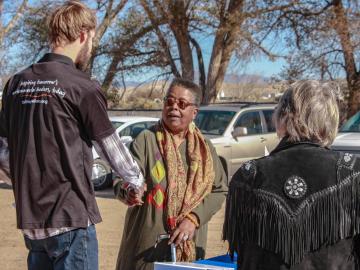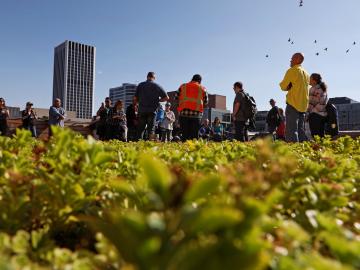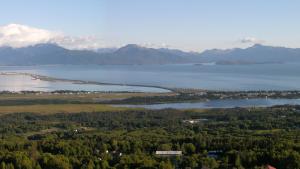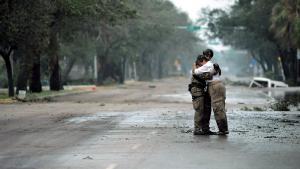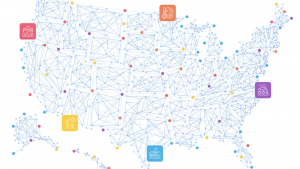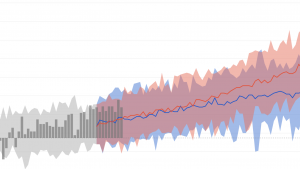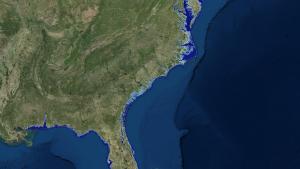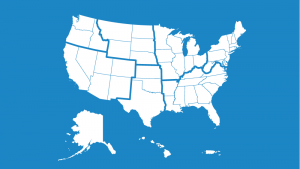Community Champions
Committed leaders who are concerned about climate and know how to get things done in their communities.
Community champions usually have a track record of getting things done. They can use the steps as a roadmap to help them manage a resilience-building process.
Planners
Consultants or policymakers who develop and update official planning documents.
Most municipalities, counties, and states are required to prepare and submit regular updates to official planning documents. Leveraging community engagements for preparing these documents can be an efficient way to integrate climate concerns into future plans.
Conservation Groups
People who work together to protect a natural system or historic structure.
Communities often coalesce around an asset they want to protect. The first step for these groups is to explore the weather and climate-related hazards that could impact that asset.
Government Champions
Individuals who are elected, appointed, or employed by a government entity to address sustainability or develop plans such as a climate action plan or a hazard mitigation plan.
Government champions work for the people their offices represent. Champions within the government use the steps to lead a process to protect people and assets from climate-related hazards.
Climate-service practitioners
Individuals or groups who work with communities—often as consultants—to assess and address climate-related vulnerability and risk.
Practitioners have expertise in climate and in risk management; they can help a community document its climate-related hazards and produce a climate action plan. Learn more in Implementing the Steps to Resilience: A Practitioner's Guide »

